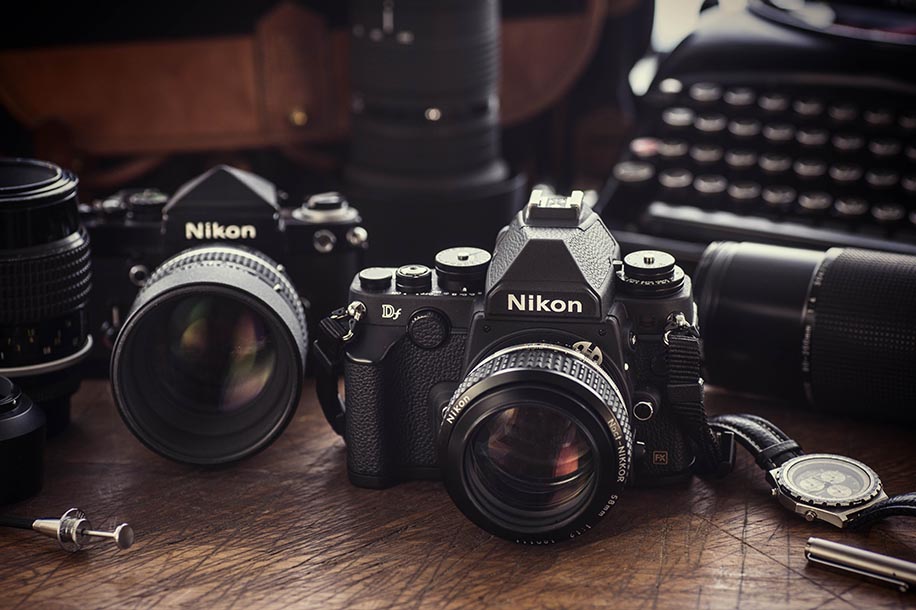
A Nikon Df camera review by Tom Grill (Web | Blog, click on images for larger view):
When I first held the Df I immediately felt at home, as if I was greeting the return of an old friend. The Nikon D3 and D4 cameras have been my professional digital workhorses, but I was weaned on the original Nikon Ftn and F2 cameras and eventually used every film camera Nikon has ever made. So it was no wonder why I was looking forward to the Df and why it felt so comfortable in my hands. I immediately mounted some of my older Nikkor glass on it, as you can see in the photo above.
The Df (where “f” supposedly stands for fusion of old and digital, “D”, for the new) is a full-frame DSLR with 16mp sensor and processing engine of the Nikon D4, coupled with the 39 point AF system taken from Nikon’s D610. It is housed in a retro styled, weather sealed body with a design hearkening back to an earlier film era. To emphasize this point it also comes with an AI (Auto-indexing) lever that syncs the camera with older lenses.
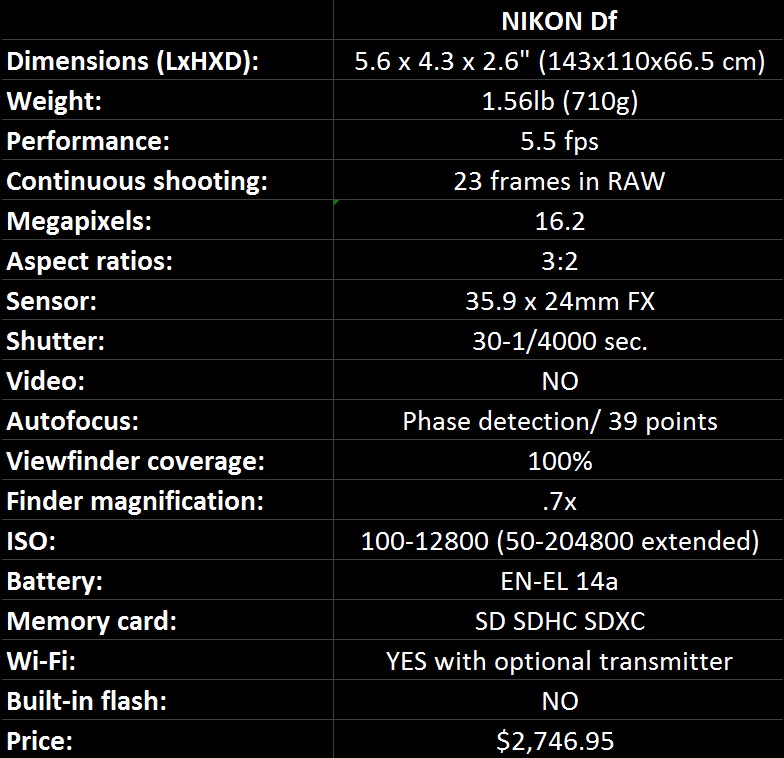
If anything, the Df seems like a replacement for the D700, but with more of a rugged, retro look and feel. Many photographers, me included, loved the D700 as a smaller backup camera to the D3. It had the same innards, same results, but in a more compact, less expensive body. The Df has a similar relationship to the D4 but adds in the retro feel as a bonus. If you were a fan of the D700, you are probably going to like the Df.
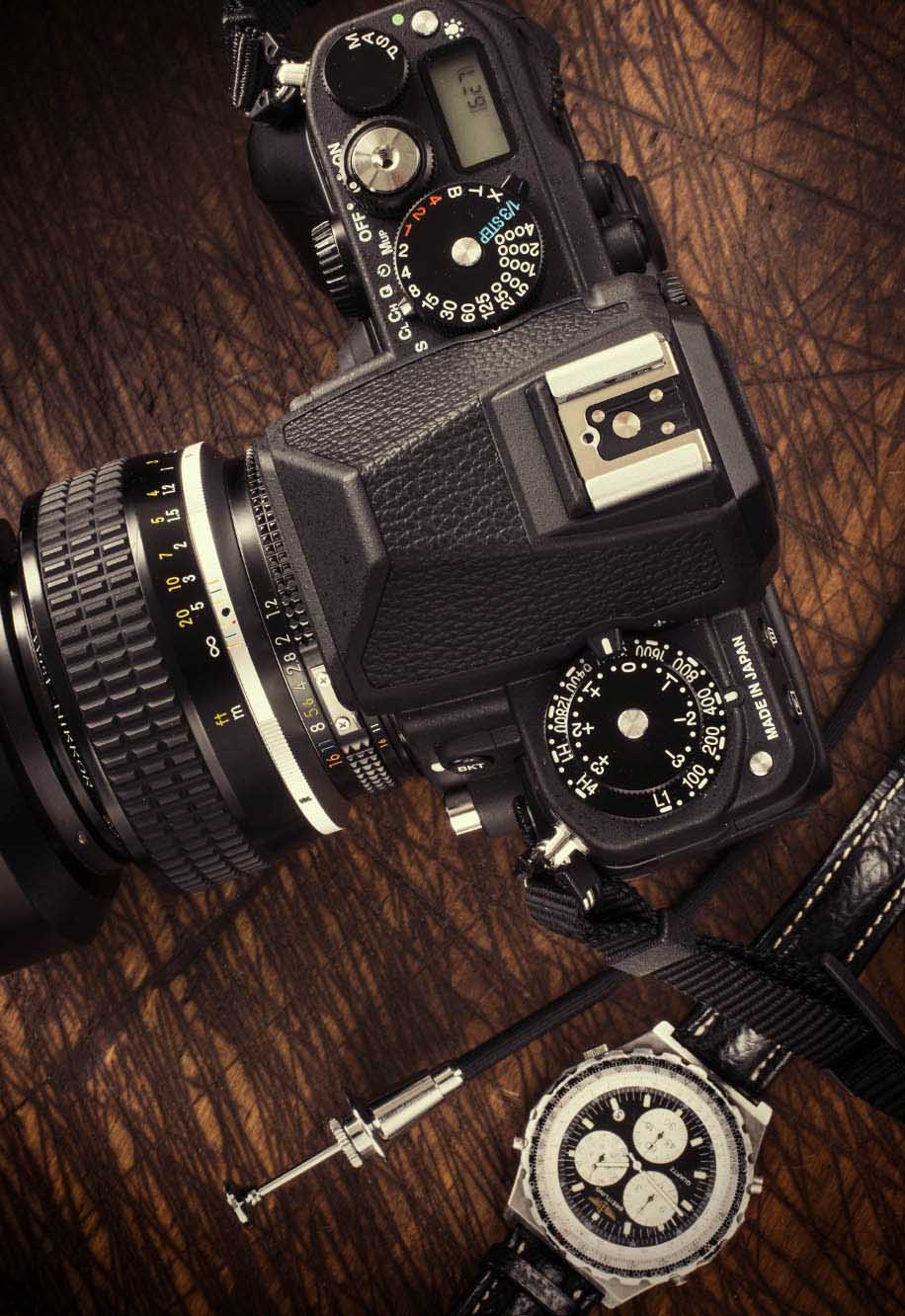
The Df controls are primarily made up of levers, dials, and knobs — just the way it used to be when analog film cameras still ruled the world. The Df has enough dials and knobs on it to make a fine Swiss watchmaker envious, and the camera works like a fine chronograph. The dials and their placement has been well thought out. Once you know where the dials are and know what each one does — all of which is intuitive and easy — operating this camera becomes intuitive — and a lot of fun, too.
There is only one small digital window on the top surface of the camera body, but it is sufficient to display essential information such as images remaining, battery condition, shutter speed, aperture, and a few other pertinent settings.
The Df has the same sensor and processing engine and Nikon’s workhorse D4 camera. I do the majority of my professional work with a Nikon D4 so it was easy for me to make comparisons between the two. Aside from image quality, there are some substantial differences. A D4 can shoot at 10fps for what seems an unlimited amount of time in RAW, whereas the Df is going to cap out at 23 RAW images shot at 5.5fps. For normal usage, this is probably sufficient, but it is no D4. The D4 has 51 AF points spread out in a large array making it easier to place one on a point far away from the center of the frame. I spend a lot of my professional time photographing models and like to put the main focus point on one of the model’s eyes. Rarely are the eyes anywhere near the center of the frame. So 39 versus 51 makes a big difference.
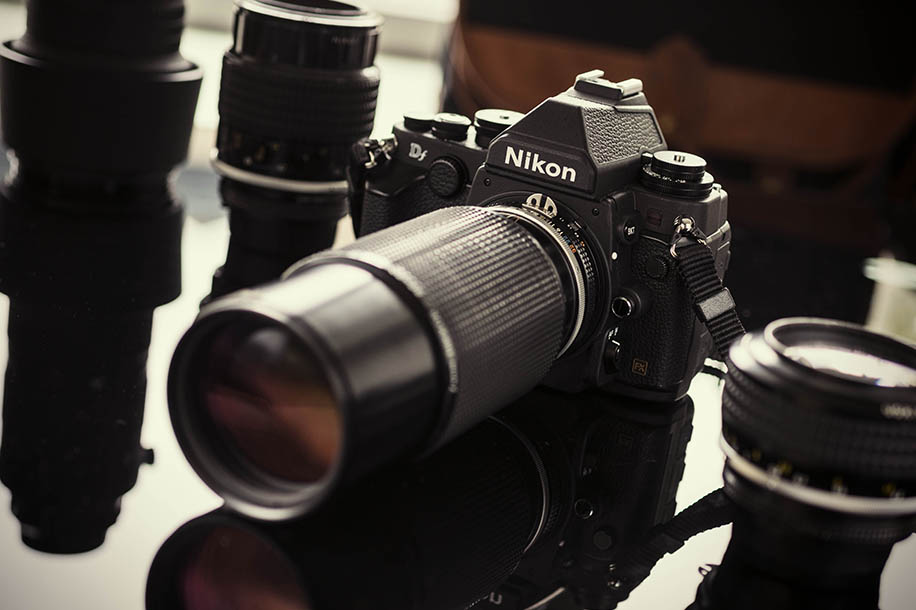
Part of the appeal of the Df is its ability to accommodate older Nikon lenses from as far back as 1959. In the above photo it is fit with the older 80-200mm f/4 zoom, which I always found to be a comfortable long lens for walking around. Honestly, I never thought I would be using this lens again, but on the Df it just seems a perfect fit.
The review of this camera’s image performance is going to be a non-review because the Df delivers the exact same image results as a Nikon D4, and things don’t get much better than that in the realm of high performance digital cameras.
Although bristling with knobs and dials, the Df is a true digital camera and can be operated with two control wheels like most Nikon DSLR’s. The front wheel has been disguised to blend in with the retro look of the body, but it works similarly to what you would find on other Nikon cameras.
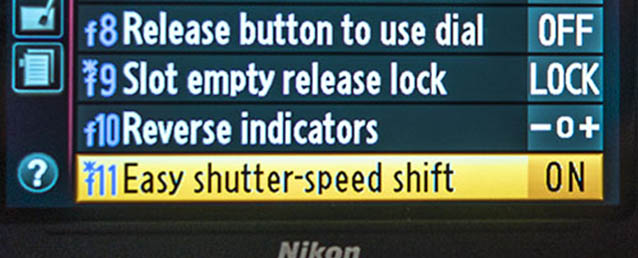
The manual shutter speed dial works only in full stops, but can be set to a 1/3 stop setting where it comes under digital control. There is also a special feature under the Custom Setting Menu that allows on/off of “Easy shutter-speed shift”. Turning this feature “ON” allows the front command dial to select intermediate shutter settings in 1/3 increment even though the top dial is being used manually. This is very handy for those of us who would like to use the convenient and familiar dial to select shutter speed, but occasionally want to fine tune the speed adjustment. A feature such as this illustrates that a great deal of thought went into the design of this camera. Nikon didn’t just slap a shutter dial on top of the camera body for the retro look. They also supplied three methods of adjusting it — manual only, manual with command dial adjustment, and command dial only.
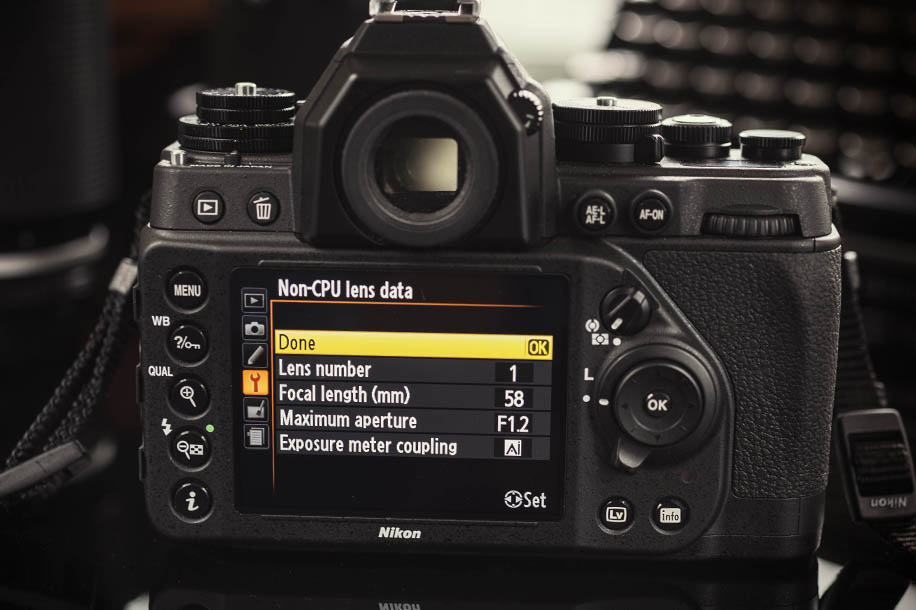
The Df has built-in accommodation for older Nikon lenses. Lenses that cannot be read directly by the camera can have their data entered manually, as I did here with my Noct-Nikkor 58mm. Once done, the lens data will be displayed in the viewfinder and EXIF metadata.
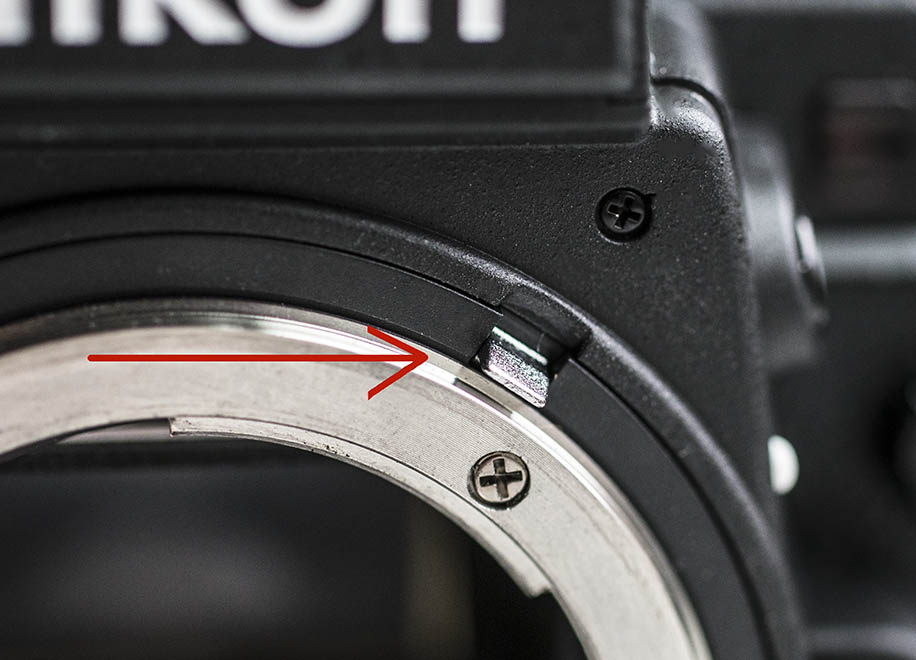
The Df is a true retro camera in that it uses a tab on the lens mount to accommodate very early Nikon lenses. This AI (automatic maximum aperture-indexing) lever flips down over the lens mount to synchronize AI lens with the camera, and flips up to accommodate even earlier non-AI lenses.
The index lever only transmits aperture info to the camera. To gain full EXIF data the lens data needs to be entered into the Non-CPU lens data menu option on the camera. I entered custom data on several of my older lenses this way and programmed a function button to display the lenses so I could select whatever one was mounted on the camera. This way I was able to see the actual selected aperture in the viewfinder and the EXIF data recorded the aperture and focal length.
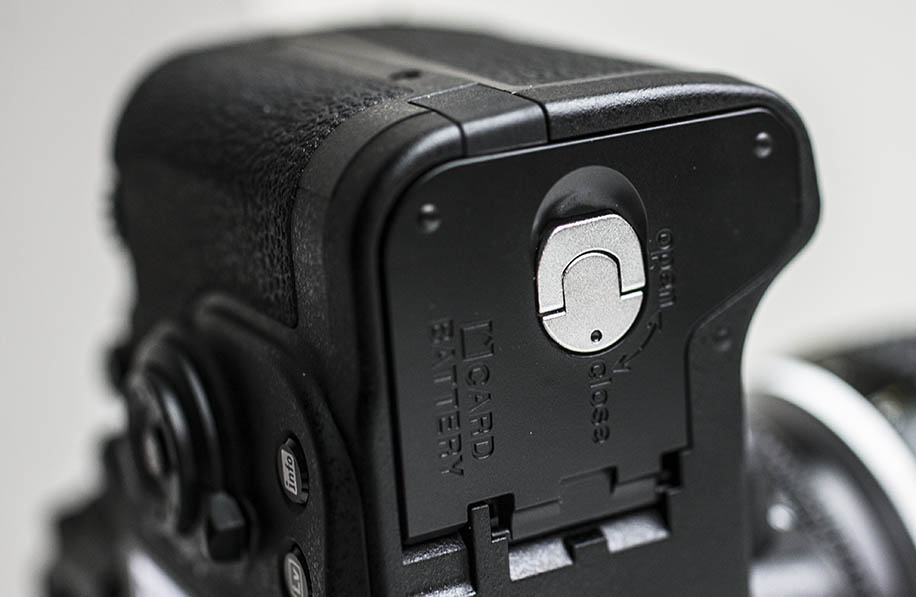
Even the DF access door to the battery and memory card (Yes, there is only one SD memory card slot.) has a latch that hearkens back to earlier Nikon camera models. Leica could learn a lesson on how to install a retro type battery and card access. The hinged trap door of the Df is both retro and functional.
The NEF RAW converter was not available for Photoshop when I was preparing this review. So, whenever necessary, I used Nikon’s Capture NX2 to process the NEF images. Although I regularly use Photoshop and Bridge for my daily workflow, I have always found that NX2 is the best processing engine for Nikon NEF files, particularly when the images were taken under adverse circumstances of excessive contrast and/or low light where you can deploy Nikon’s dynamic range feature.
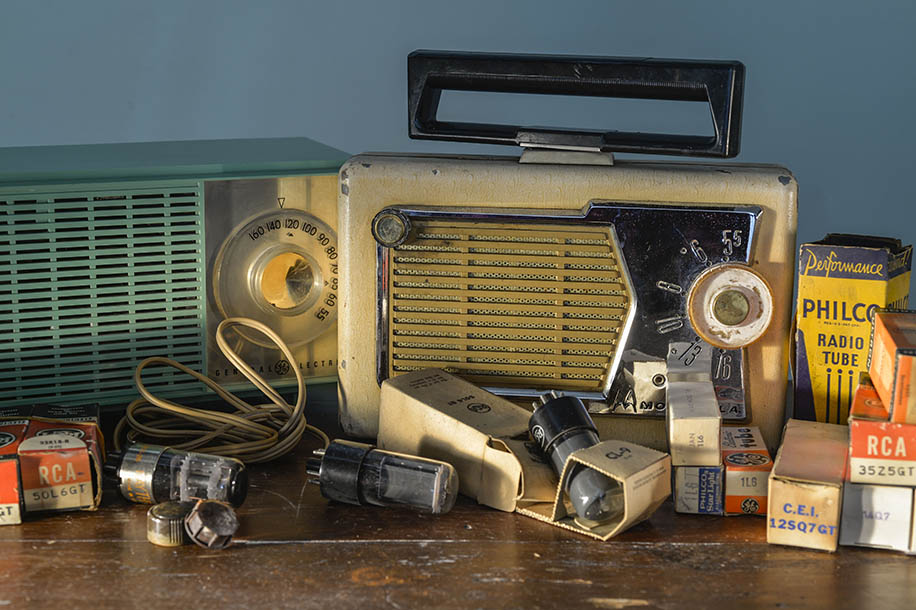
The still life of old radios was photographed with varying ISO’s from 100-12800. The most pertinent are listed below along with their links for downloading the high res image. The scene was intentionally set up and lit to accentuate any problems with low light. All samples were shot in jpg with no post-processing. I didn’t show anything between ISO 100 and 800 because there was not much of noticeable difference.
- Click here to download high res version of ISO 100
- Click here to download high res version of ISO 800
- Click here to download high res version of ISO 1600
- Click here to download high res version of ISO 3200
- Click here to download high res version of ISO 6400
- Click here to download high res version of ISO 12800
Normally, I do not include an ISO as high as 12800 because I have always found it to be an unusable file. This camera can, however, present a usable file at that high an ISO. However, it will take considerable post processing to massage the image. When I processed the noise reduction with Nikon’s Capture NX2 I found that I could obtain a decent, usable file at that high an ISO. (Note I said “usable” not “good”.) Of course, noise and noise control are not only products of pushing the ISO. Noise is very dependent upon the lighting situation of the original scene. Unfortunately, noise reduction is often necessary with scenes having terrible lighting, thus making it doubly difficult to deal with the image results. The bottom line is that the Df is the best camera I have ever seen for dealing with high ISO shooting, and I would have no qualms taking it to ISO 3200 and even a bit beyond. The model’s face in the photo below was lit entirely by the candles and photographed at ISO 3200 with no post-processing correction for noise. Click it to download a high res file.
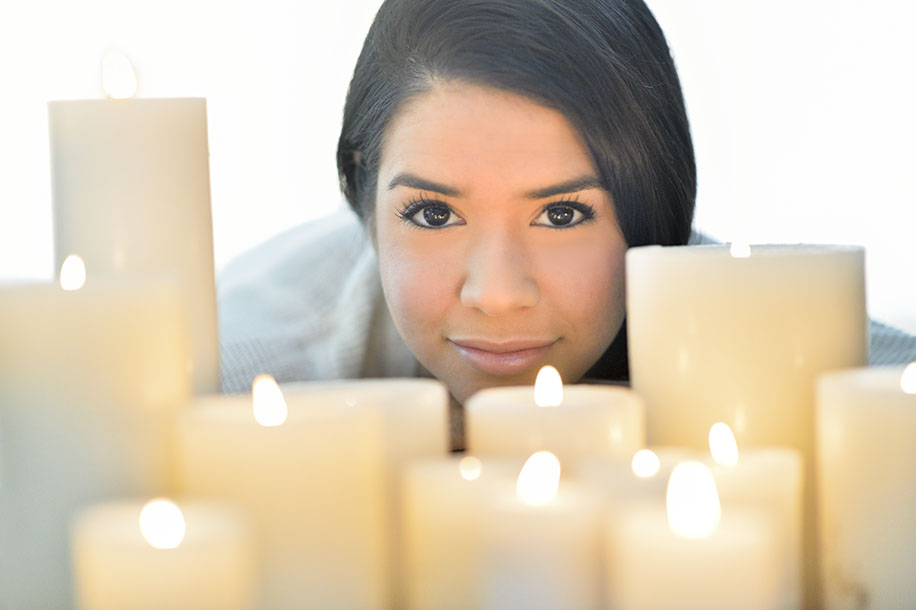
click here for larger view
One set of buttons that are missing is the double button press to format a memory card. You’re going to have to use the menu for this. The camera also uses the smaller EN-14a battery, which is rated to 1400 shots. I obtained far more than that in my tests, but rarely used live view. There is also no built-in flash to drain the batteries.
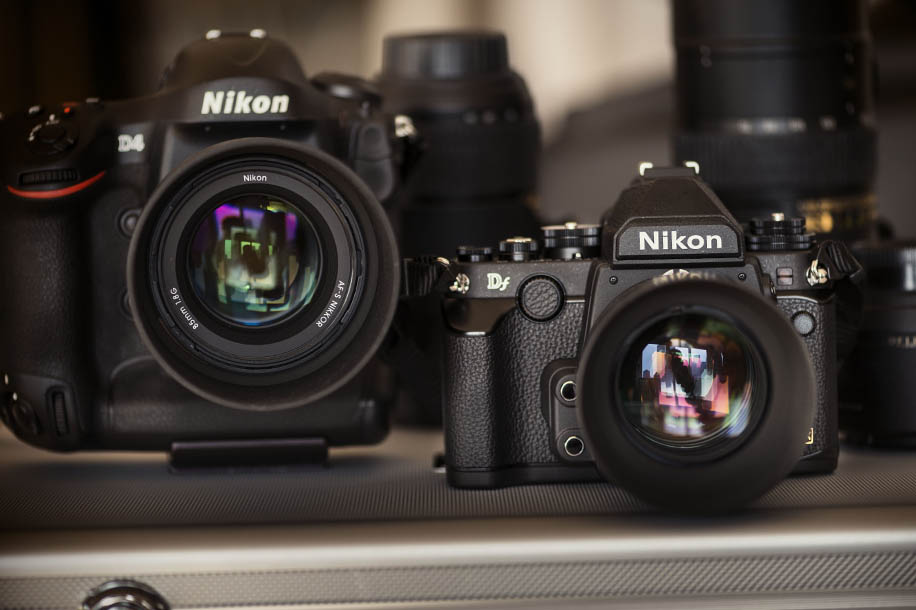
The Df is the smallest full frame camera Nikon makes, just a tad larger than the D610. It has the same sensor and processor as the flagship D4, but in a much more compact package.
Along with the Df camera Nikon has introduced a special edition of its AF-S Nikkor 50mm F1.8G lens to be sold in kit form with the Df and match its retro looks. The camera with lens lists for $2996.95.
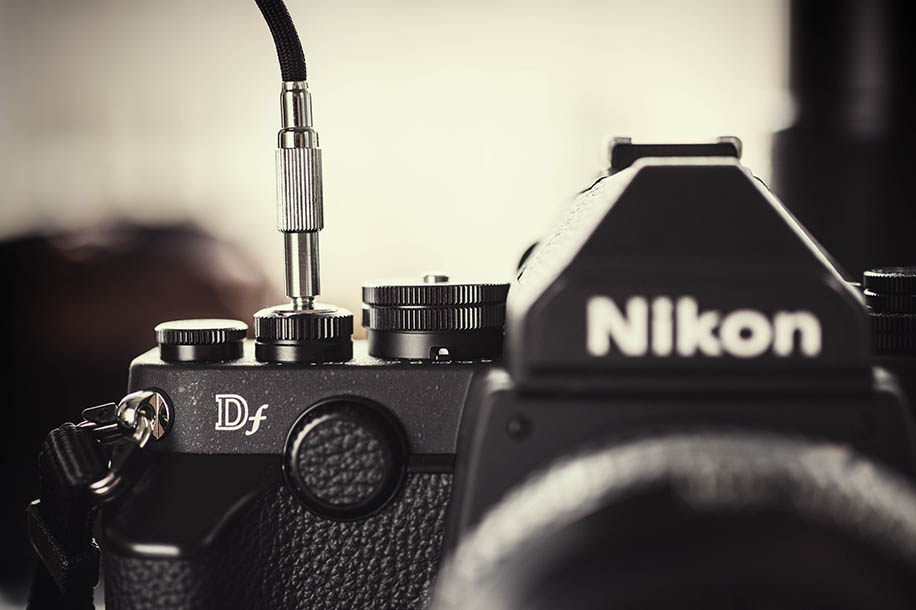
Personally, I love the reversion to the original, simple, screw-in cable release. It is so much easier to use than the newer electronic models found on modern DSLR’s today.
More than just the handling and image results, the user experience with the Df is visual, tactile — even aural. Yes, “aural”. The shutter has a noticeably different sound than the rest of Nikon’s pro lineup. I suppose it’s intended to mimic the sound of an older film camera. Maybe it does. One thing I can say is that it is definitely unique.
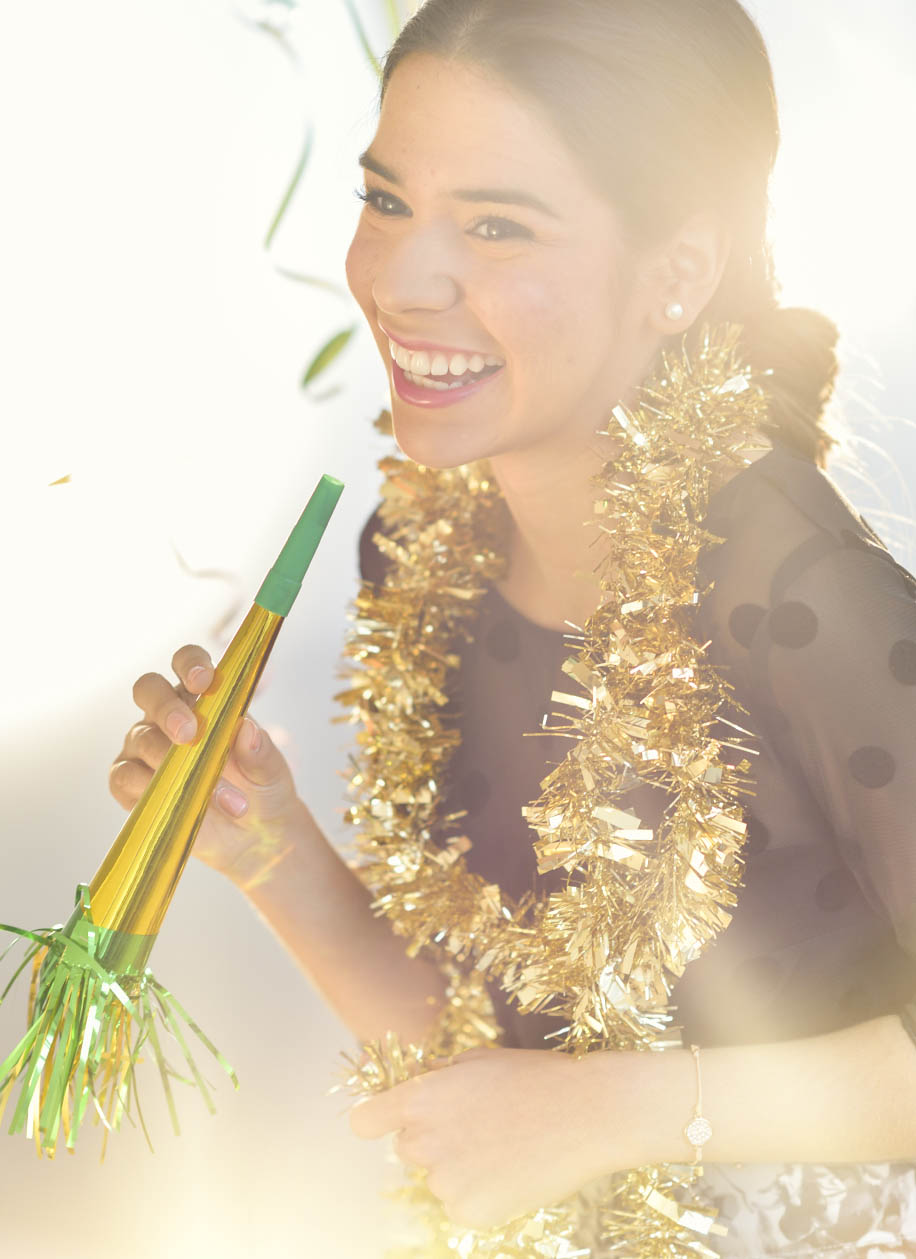
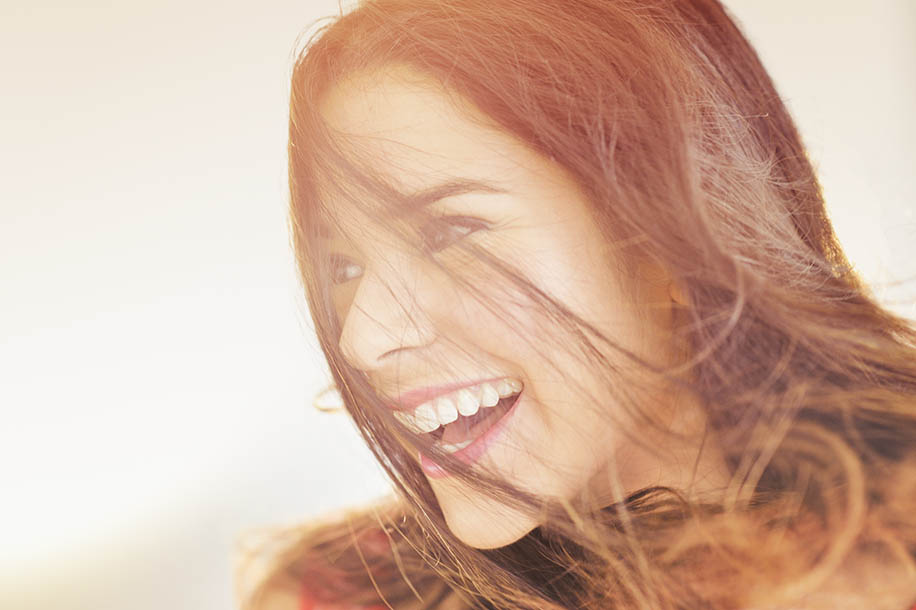
The two studio shots above were taken with very bright tungsten lamps placed behind the model to completely back light her with only a small amount of fill from a foreground reflector. A scene such as this presents an extremely difficult auto-focus situation for any camera, and with the lens aperture set to f/2.2 there is no room for error. I always place the focus on the models foreground eye, but due to the very low contrast and flare light shining directly into the lens I was barely able to see any detail in her face while using the viewfinder. My lenses often have to hunt for focus in these situations and as often as not miss the auto-focus point completely. The Df came through better than any camera I have ever used in this situation with a very high percentage of in-focus shots.
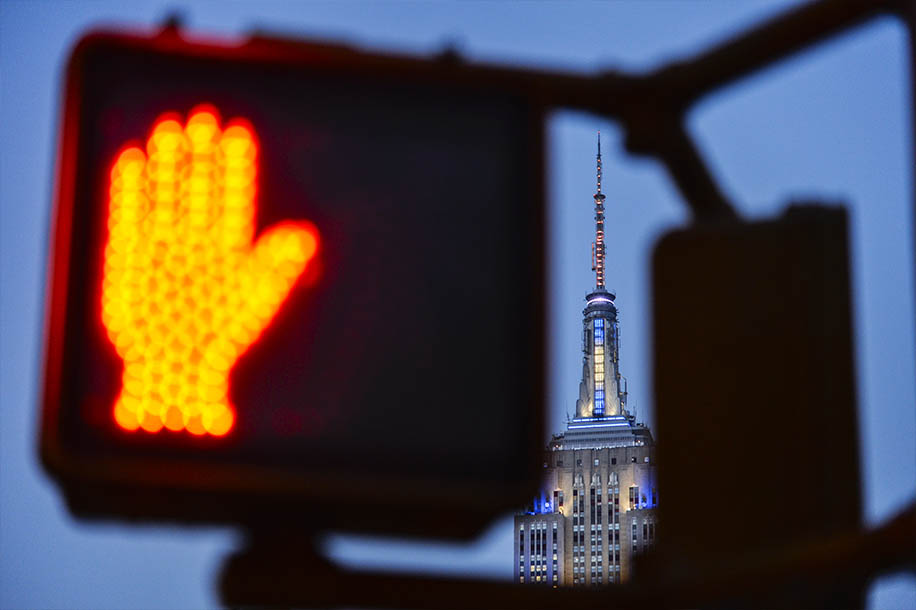
click here for larger view
Nikon cameras are noted for their wide dynamic range and the Df follows suit. In the shot above taken at dusk the camera held detail in the brightest area of the lit sign as well as in the deepest shadows.
Conclusion:
I have to admit to being prejudiced against this camera before I received one to test for this review. I was disappointed by the specifications and put off by what I thought was an unjustifiably high price. My attitude changed somewhat once I had the camera for awhile and began putting it to use. Nonetheless, I still have mixed reservations about it.
This camera is not for everyone in the same way a retro Fuji X camera is. At such a high price point you are going to have to be very serious about having a use for it. It doesn’t quite fill the gap of a D700, and doesn’t add any advancements over a D610 or D800 that would make it ideal for travel, scenics, weddings, or fashion. I am not exactly sure where it fits in with the needs of a professional photographer. Its nostalgic experience is something else entirely. You will be buying this camera as much for the experience of using it as for what it can deliver in terms of image quality, and you won’t be disappointed with either.
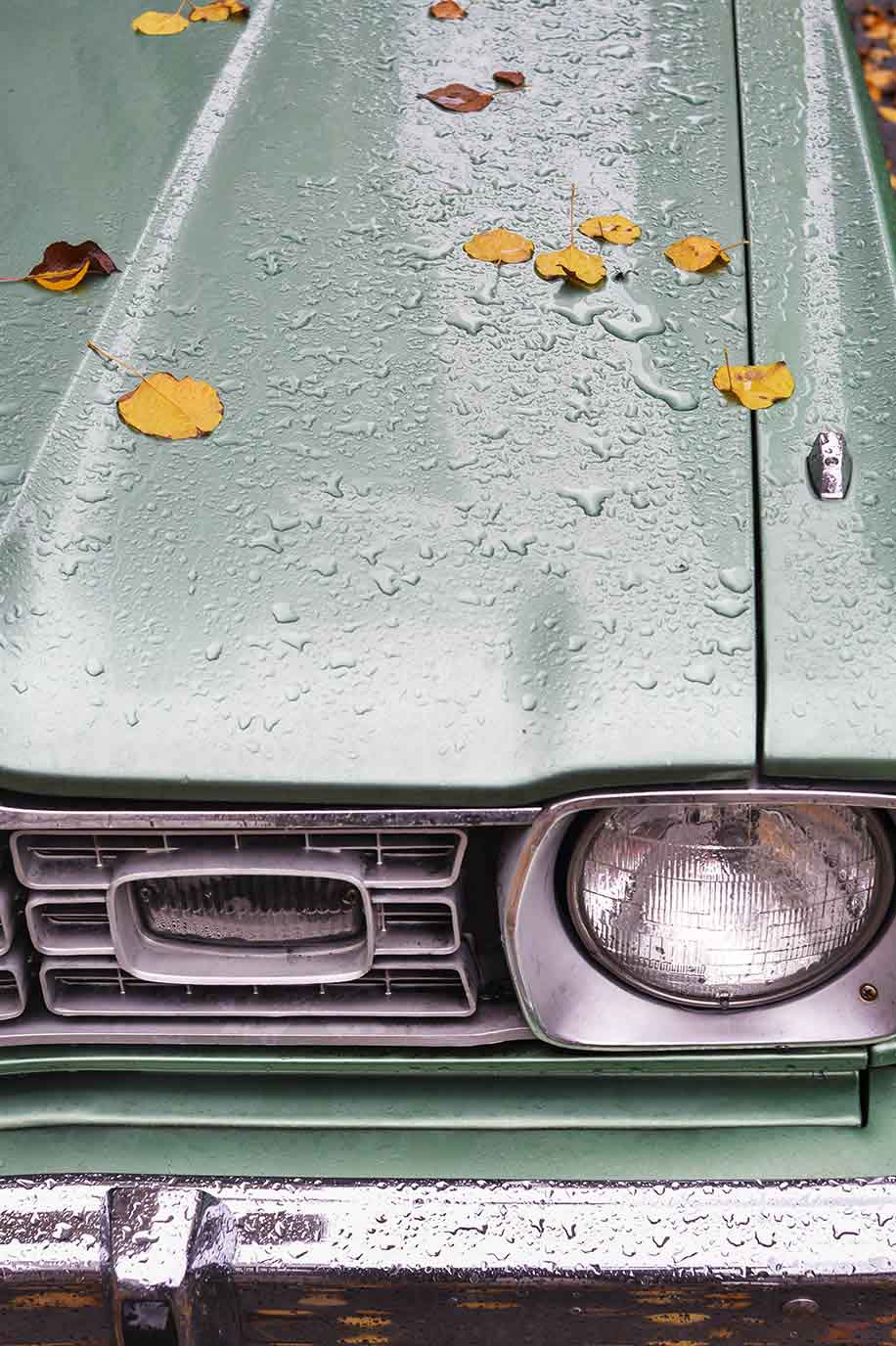
One thing the Df has that is better than any other camera I have used is its high ISO range. If that is important to you, it may be a reason to consider this camera. The D4 and D800 are exceptional in this area also, but not as good as I see coming out of the Df. Nikon seems to have done something to improve the noise levels with this sensor.


Long time Nikon users, like me, who have saved many of their old lenses from the film era may find that this camera is for them. Time to dust off that old glass and put it to use again. Mount those lenses on a Df and take it out for a spin around the block, while 50’s and 60’s music blares from an old AM radio. That, and excellent imagery, is what this camera is all about.
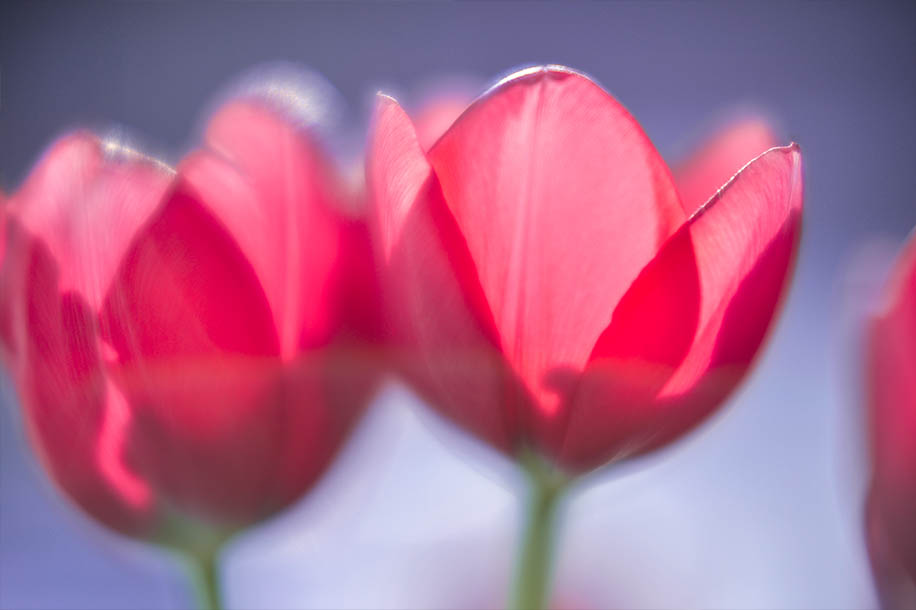
I used one of my favorite old Nikon lenses, the 58mm f/1.2 Noct-Nikkor, wide open to achieve the very shallow depth of field in the shot of the tulips above.
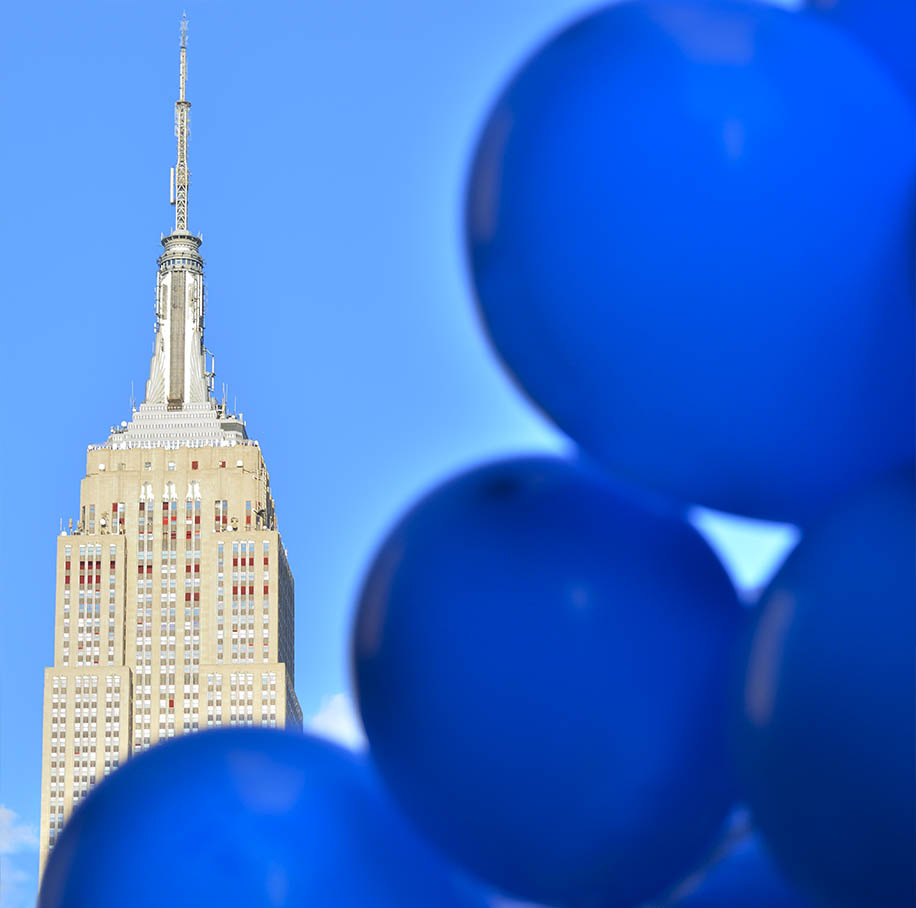
The biggest stumbling block to purchasing this camera is going to be its price. For a bit more you can buy a D800. For a lot less, you could buy a D610, which, let’s face it, will do pretty much the same thing with even higher resolution. You are going to have to really like the retro controls and looks to spring for the higher priced Df. For some of us, this may be worth the extra price. For others, not. In other words, this camera is not for everyone, and that alone may add to its mystique. I, for one, happen to like using dials as opposed to digital screens — much more intuitive, much more by touch without moving the eye from the finder, and as a result much faster. I’m sure not everyone will agree with this. It’s as much a matter of taste and style as anything. I suppose that if I had weaned on cameras beginning in the digital age, I might not feel this way.
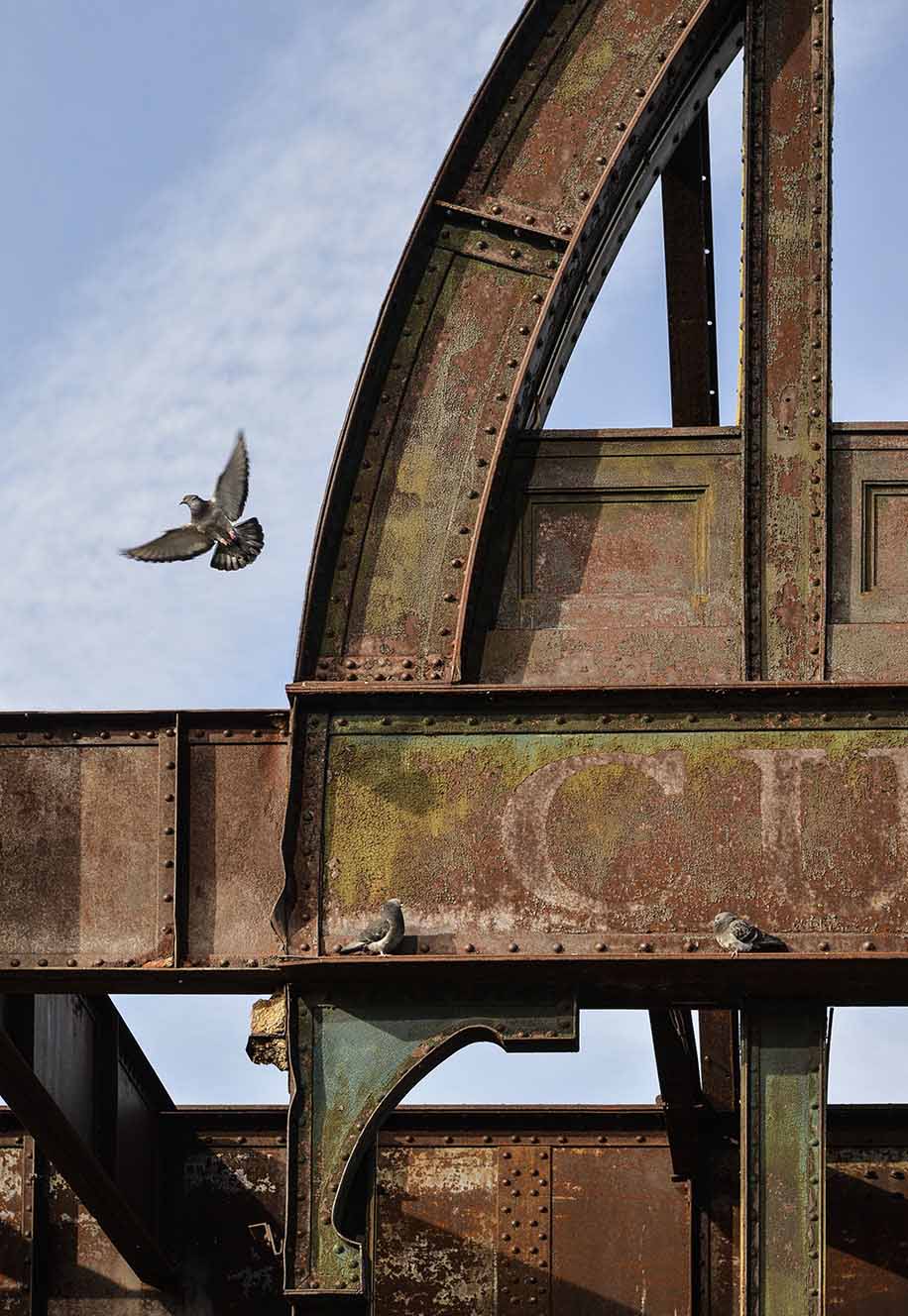
click here for larger view
The Df looks equally at home on the counter of a diner as it does sitting next to a fine Swiss watch. I’m sure that will help broaden its appeal.
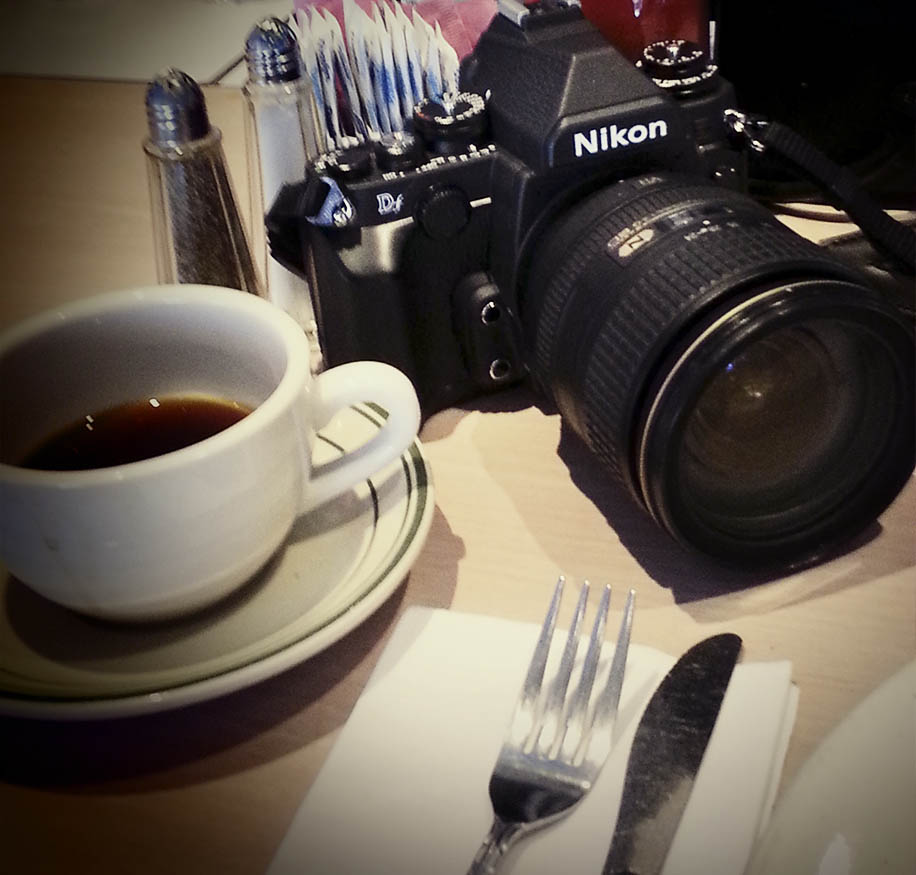
I am a professional photographer earning my entire living from commercial photography, and write these reviews from this viewpoint. As I sit here now looking at the Df on my desk, I dream of what it would be like if I were not analyzing it from a professional standpoint. From the viewpoint of a non-professional but serious photographer I could easily see myself making this the only camera I own and be very happy with it. It is really excellent, well built, exceptional in low light, beautiful to look at, and a joy to use — pretty much everything I could want, if I had the luxury of not having to earn a living with my cameras.
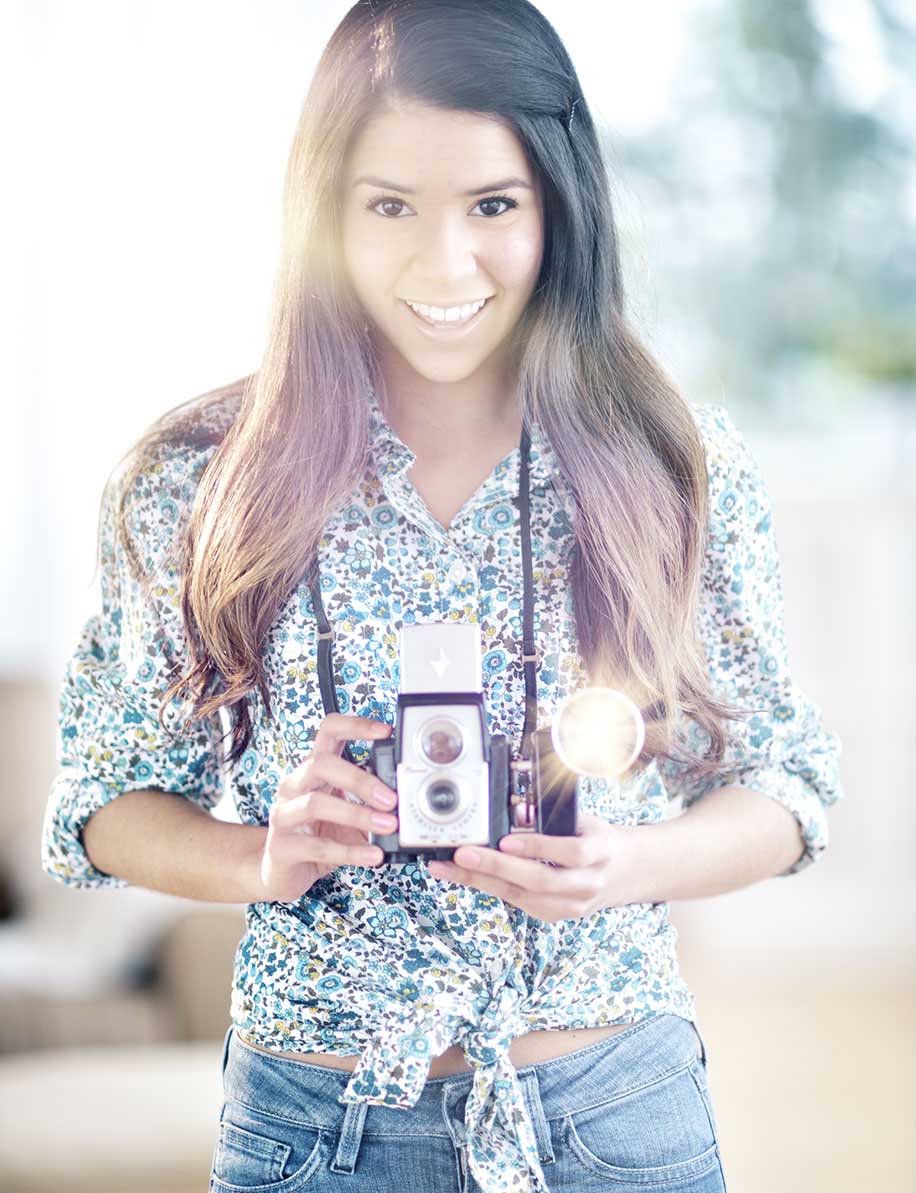
Read also the Nikon Df post on Tom’s blog. Check also his Classic Cameras 2014 calendars (more info available here).
See also this previous guest post by Tom Grill.
If you have an interesting idea for a guest post, you can contact me here.






